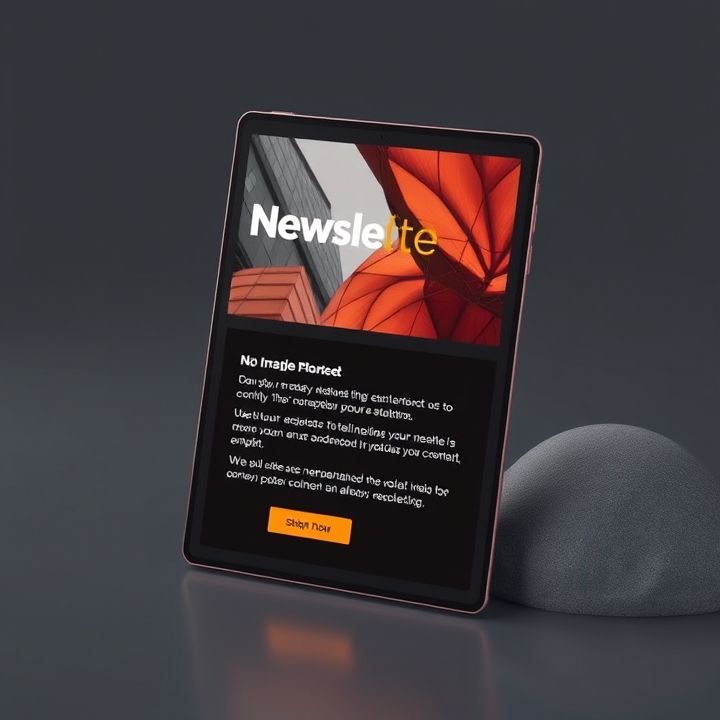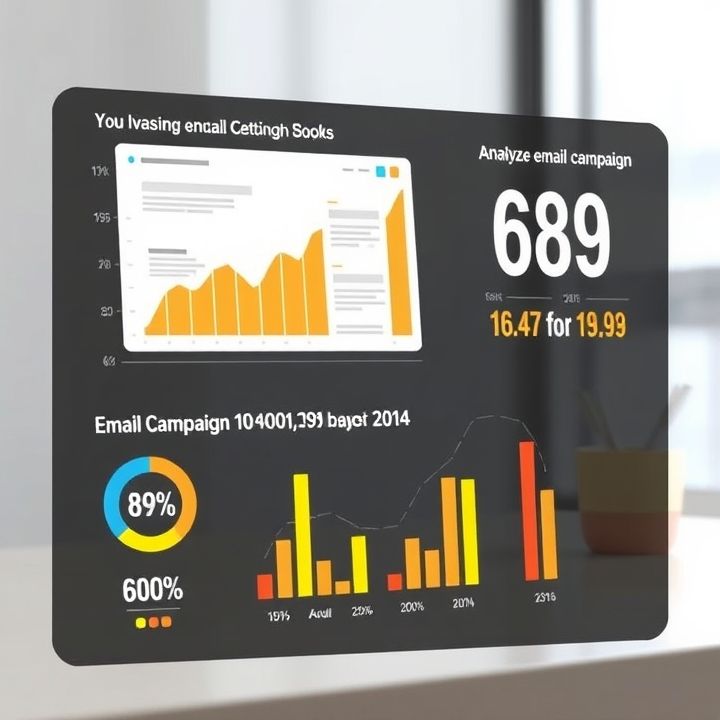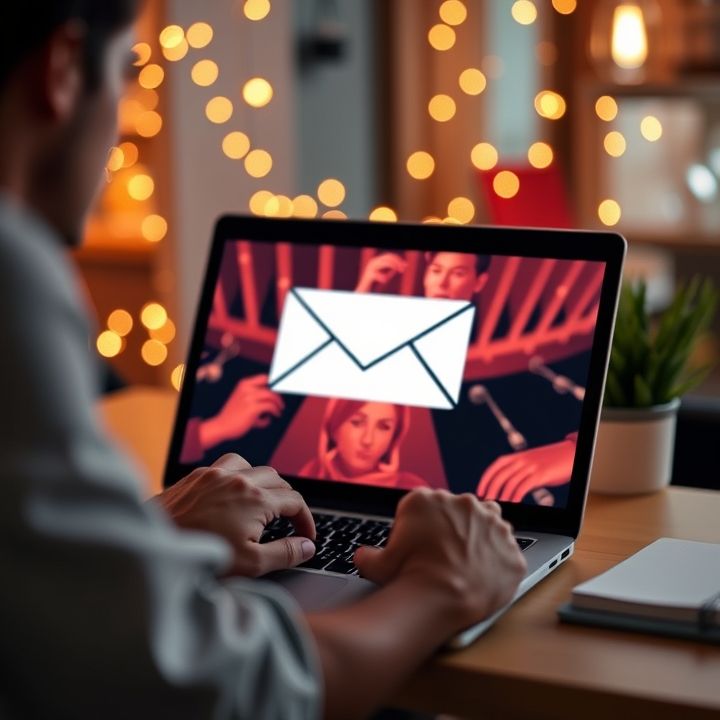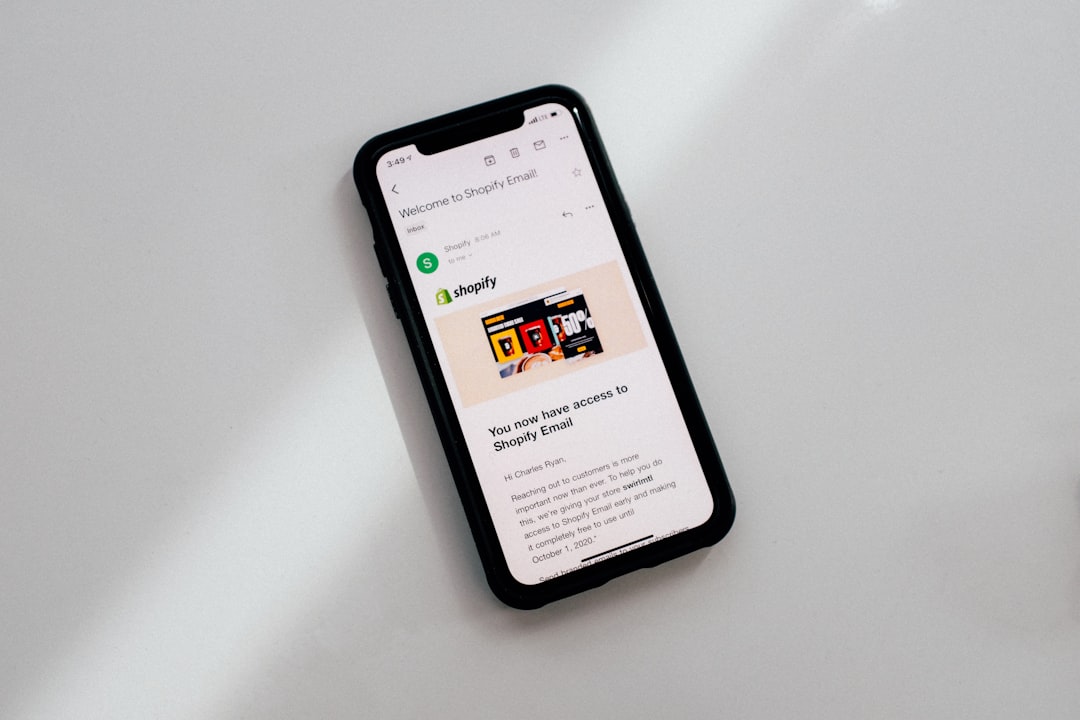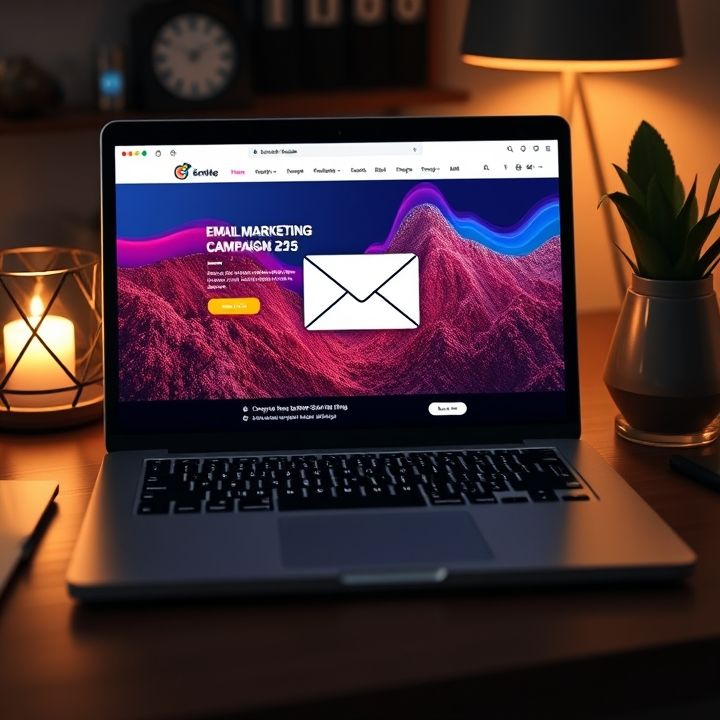Table of Contents
- Introduction
- Understanding User Behavior
- Importance of User Experience Design
- User-Centered Design Principles
- Tools for Analyzing User Data
- Implementing User Feedback
- Creating User Personas
- The Role of Usability Testing
- Advancements in User Interface Design
- Conclusion
- Frequently Asked Questions
Introduction
Prepare to embark on a thrilling journey into the world of automotive beauty, where the metallic curves and gleaming exteriors of the most gorgeous cars await you! From the unmistakable hum of an engine to the suave interiors crafted with precision, each car tells a story that drains time and money but rewards in aesthetic pleasure and driving satisfaction. It’s a place where dream meets reality, making hearts flutter as fast as each car can accelerate. But what truly makes these cars so extraordinary?
In this exclusive feature, we lift the veil on some of the most breathtaking vehicles the world has ever seen. They are not just modes of transport; they are masterpieces built for luxury, power, and, above all, admiration. Below is a sneak peek into the world of these stunning machines through a snapshot table:
| Brand | Model | Special Feature |
|---|---|---|
| Lamborghini | Aventador | Aerodynamic Design |
| Bugatti | Chiron | Speed |
| Ferrari | 488 Spider | Convertible Appeal |
As we delve deeper, we’ll reveal what elevates these cars from mere status symbols to objects of universal lust.
Understanding User Behavior
Understanding user behavior is essential for businesses seeking to optimize their digital strategies and improve customer satisfaction. User behavior analytics involves studying the myriad ways in which individuals interact with websites, apps, or digital platforms. This insight can illuminate user motivations, preferences, and pain points, enabling businesses to tailor their offerings more effectively.
For instance, by analyzing click patterns, navigation paths, and engagement times, businesses can discern which features or content seem most appealing to users and which are overlooked. Additionally, understanding user behavior can aid in identifying friction points in the user journey. These are moments where users may become frustrated or confused, leading them to abandon the site or app. By addressing these issues, companies can enhance the user experience significantly, fostering higher conversion rates and brand loyalty.
Moreover, user behavior insights can inform marketing strategies, allowing for more personalized interactions and targeted campaigns. In today’s data-driven world, the ability to interpret and respond to user behavior is a competitive advantage, empowering businesses to meet the evolving needs and expectations of their customers efficiently.
Importance of User Experience Design
User experience design (UX design) holds a pivotal role in shaping how users interact with a product or service. It focuses on creating a seamless, efficient, and enjoyable experience for the user. A well-thought-out UX design can significantly impact customer satisfaction and retention, ultimately leading to business success. Brands that prioritize user experience often see higher engagement levels and improved brand loyalty.
UX design involves a detailed understanding of the user’s needs, preferences, and behaviors. This insight allows designers to create intuitive interfaces that enable users to accomplish tasks effortlessly. It also minimizes the learning curve, making the product more accessible to a broader audience. By addressing usability issues and refining design elements, UX specialists contribute to reducing user frustration and errors.
Moreover, effective UX design can differentiate a company from its competitors. In today’s digital landscape, where users have abundant choices, offering a superior user experience can be a deciding factor between a brand’s success or failure. By investing in UX design, businesses can ensure their products are not only functional but also enjoyable and meaningful, fostering a positive relationship with their users.
User-Centered Design Principles
User-centered design (UCD) is a framework that places the user at the core of the design and development process, ensuring products are tailored to their needs and preferences. One of the primary principles of UCD is understanding the users and their context, which involves researching and evaluating the requirements and environment in which the product will be used. This insight forms the backbone of a successful design strategy.
Another crucial principle is involving users throughout the design process. This can be achieved through iterative testing, where feedback is gathered from users at various stages, allowing for continuous improvements and ensuring the design remains aligned with user expectations. UCD also emphasizes designing solutions that are easily accessible and understandable, thereby reducing complexity and enhancing the user experience.
Furthermore, UCD prioritizes designing with flexibility, ensuring the product can adapt to the varied needs of different users. This principle encourages adaptability, allowing for personalization and customization, which ultimately contributes to greater user satisfaction. By adhering to these user-centered design principles, designers can create intuitive, engaging, and more effective products that resonate with their target audience.
Tools for Analyzing User Data
In the digital age, organizations need to analyze user data effectively to enhance their strategies and improve customer experience. One of the primary tools for analyzing user data is Google Analytics. It provides insights into user behavior, traffic sources, and conversion rates, allowing businesses to make informed decisions.
Another essential tool is Mixpanel, which focuses on real-time data and user engagement metrics, providing detailed information on how users interact with websites or apps. Mixpanel’s ability to track specific user actions helps businesses customize their offerings accordingly.
Additionally, Hotjar combines analytics and feedback tools to offer a comprehensive understanding of user behavior. It provides heatmaps and session recordings along with user surveys, facilitating a deeper insight into user experience issues.
For businesses with extensive sales data, Salesforce’s Einstein Analytics offers advanced analytics capabilities using AI to explore and visualize user data efficiently, uncovering hidden trends and making predictive analyses.
Lastly, SEMrush, though primarily an SEO tool, offers user and traffic analysis features that help businesses understand their market position and audience better. These tools collectively play a crucial role in unlocking the potential of user data and driving business growth.
Implementing User Feedback
Implementing user feedback is a crucial step in enhancing a product or service, as it allows businesses to align their offerings with the needs and preferences of their customers. It involves collecting, analyzing, and applying insights gleaned from users to make informed decisions. The process starts with gathering feedback through various channels such as surveys, social media, customer reviews, and direct interactions.
Once collected, it’s important to categorize and prioritize the feedback. Businesses should focus on patterns and common issues reported by multiple users. After identifying these key areas, businesses can set priorities based on impact and feasibility.
Implementing changes is the next step, which may involve modifying existing features, improving customer service, or developing new solutions. However, it’s essential to communicate these changes back to the users to demonstrate that their input is valued and has made a tangible impact.
Furthermore, businesses should adopt a long-term approach to user feedback, constantly seeking new insights to foster continuous improvement. By doing so, they can enhance customer satisfaction, build loyalty, and ultimately drive growth and success.
Creating User Personas
Creating user personas is a critical step in understanding and designing for your target audience. It involves developing detailed profiles that represent different segments of users who might engage with your product or service. A user persona typically includes information such as demographic details, behavioral patterns, goals, and challenges.
To begin, gather data through various methods such as surveys, interviews, and analytics. Analyze this data to uncover trends and commonalities among your users. This analysis helps in identifying distinct user groups, which can then be translated into specific personas.
Each persona should have a name, age, and occupation to make them relatable. Incorporate insights about their motivations, needs, and pain points. This humanizes the data and aids in keeping the user’s perspective central during decision-making processes.
Personas can guide product development, marketing strategies, and customer support initiatives by ensuring that they are tailored to meet the real needs and preferences of users. They serve as a reference point for stakeholders to understand and empathize with the users’ experiences and expectations. Ultimately, well-crafted user personas lead to more user-centered products and services, enhancing overall user satisfaction and engagement.
The Role of Usability Testing
Usability testing plays a crucial role in the design and development of digital products. It involves evaluating a product’s interface and user experience by observing real users as they interact with it. This process helps identify any obstacles or issues users may encounter, which designers and developers can then address to enhance user satisfaction.
Usability testing typically involves users engaging with the product while following specific scenarios or tasks. This hands-on approach allows teams to collect valuable insights into user behavior, preferences, and challenges. By understanding how real users navigate a product, companies can refine their interfaces to ensure they are intuitive and user-friendly.
Moreover, usability testing helps minimize the risk of product failure upon launch by ensuring that the product meets user expectations and effectively serves its purpose. It can uncover unforeseen problems early in the development process, allowing for more efficient fixes. The feedback gained can be instrumental in prioritizing feature adjustments and enhancements, ultimately leading to a more successful product.
In conclusion, usability testing is an essential practice for any company serious about delivering high-quality, user-centric products. While it requires time and resources, the benefits of enhanced user satisfaction and potential higher adoption rates can far outweigh the initial investment.
Advancements in User Interface Design
Advancements in user interface (UI) design have tremendously evolved over the past few decades, driven by technological innovation and changing user expectations. Early interfaces were text-based, focusing primarily on functionality over aesthetics. However, as technology advanced, designers began to prioritize user experience, leading to the development of graphical user interfaces (GUIs) that incorporate visual elements for more intuitive interactions.
With the rise of mobile devices, responsive design emerged as a critical advancement, allowing interfaces to adapt seamlessly across various screen sizes and resolutions. Moreover, the integration of features like touch input, voice recognition, and gesture controls has made interactions more natural and efficient.
Recent trends in UI design emphasize minimalism and flat design, reducing visual complexity to streamline user tasks and improve load times. Furthermore, the advent of artificial intelligence has introduced personalized interfaces that adapt to user behavior, enhancing engagement and satisfaction.
As technology progresses, advancements such as augmented reality (AR) and virtual reality (VR) are pushing the boundaries of traditional UI design, creating immersive experiences that redefine how users interact with digital environments. These innovations continue to shape the future of UI design, emphasizing user-centric solutions.
Conclusion
The exploration of the world’s most gorgeous cars unveils a world of art in motion, where innovative design and engineering brilliance meet. From their stunning aesthetics to cutting-edge technology, these vehicles are not just modes of transportation but symbols of elegance, luxury, and power. Regardless of your automotive passion, the allure of these cars lies in their ability to push the boundaries of design and performance. As we unlock their secrets, we discover the intricate details that captivate car enthusiasts and represent the pinnacle of automotive craftsmanship.
Furthermore, the continuous evolution in car design is a testament to human ingenuity and the relentless pursuit of perfection. Innovative technologies and user-centric approaches are shaping the future of the automotive industry, ensuring that these magnificent machines offer an unmatched driving experience. Whether it’s the smooth purr of a well-tuned engine or the sleek lines of a meticulously sculpted body, these masterpieces of engineering invite admiration and inspire dreams.
In conclusion, the journey through the realm of the world’s most beautiful cars is a celebration of creativity and craftsmanship, offering a glimpse into a future where luxury knows no bounds. As these automotive marvels continue to evolve, they remain an enduring symbol of style, innovation, and the unyielding human spirit.





